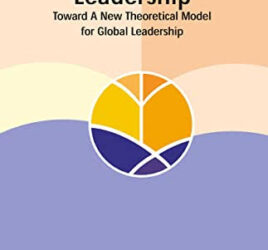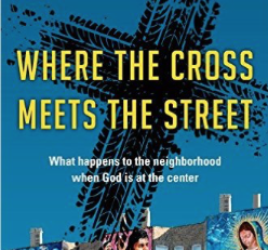 The book Asian Church & God’s Mission is a collection of all the papers presented at the Asian Mission symposium held in Manila, the Philippines, in 2012. The theme of the conference, “Empowering the Asian Church for God’s Mission,”[1] was expounded upon by a selecting of 16 experts in the field. The presenters hailed from various nations: Honduras, Finland, Burma, Korea, the Philippines, Canada, the USA, Nepal, Japan, and India. The work was edited by Drs. Wonsuk and Julie Ma, themselves Korean missionaries to the Philippines (though currently based out of Oxford, the UK). The collection is divided into three parts: Reflections, Context and Strategies.
The book Asian Church & God’s Mission is a collection of all the papers presented at the Asian Mission symposium held in Manila, the Philippines, in 2012. The theme of the conference, “Empowering the Asian Church for God’s Mission,”[1] was expounded upon by a selecting of 16 experts in the field. The presenters hailed from various nations: Honduras, Finland, Burma, Korea, the Philippines, Canada, the USA, Nepal, Japan, and India. The work was edited by Drs. Wonsuk and Julie Ma, themselves Korean missionaries to the Philippines (though currently based out of Oxford, the UK). The collection is divided into three parts: Reflections, Context and Strategies.
In Ma & Ma’s introduction, they reflect on the fact that this symposium was the sign of a new paradigm shift. First, it showed the partnership, networking and collaboration of various organizations and institutions to organize the symposium. Second, the presenters came from both Western and Asian nations. And third, as they put it so well, “conspicuously planned academic conferences are critical in laying a solid foundation for Asian mission.”[2] Although only a one-day gathering, it was the beginning of a new dialogue raising numerous questions for future deliberations. I must add that this was possible because English is the language of education in the Philippines. Like Singapore, Malaysia, India and Hong Kong, these nations have a huge advantage to engage at a global level in theological discussions. In other Asian nations, unless they have been educated outside of the country, most pastors would not be that fluent in English.
In chapter 1, Pierson highlights “three critical issues for the future,” namely that growing cities are the new frontiers of missions, that leadership training is desperately needed among the two million pastors and evangelists who have had little training, and that renewal both at a personal level and corporately is needed to fuel mission today.[3] In chapter 2, Maggay digs down to the roots of Western mission in the Philippines, which is a multinational model rather than an incarnational approach. Chapters 6-10 wrestle with the challenge of presenting the Gospel in Pantheistic, Pluralistic, and ancestor worshipping contexts. These are helpful papers for any missionary working in Asian nations or with Asians elsewhere. Chapter 12 discusses how Filipino Christians can be better prepared for missions in China and other nations. Ten percent of the 8 million or more overseas Filipino workers (OFWs). Drawing from various streams of mission practice, these Christian OFWs can be trained for mission while working in China and elsewhere. The final chapter proposes a model of coaching for church planters based on the work of Church Multiplication Coaching Networks.
In general, I find it truly helpful to read books like this with a collection of authors from various Asian nationalities and contexts. It makes me feel that I am part of a larger discussion in Asia among peers than just the few people I interact with locally. Secondly, it is inspiring to learn how this paradigm shift took place in the Philippines, which gives me the idea that this is also possible in Vietnam. Perhaps not directly on the issue of mission, but there are many challenging issues to be discussed. If a one-day symposium created such a resourceful book, we also could do this! I intend not only to collect more resources like this and to seek connections with such networks, but also to explore if we possibly could pull off such a symposium in Hanoi in the near future.
By Jacob Bloemberg
[1] Wonsuk Ma and Julie C. Ma, Asian Church and God’s Mission : Studies Presented in the International Symposium on Asian Mission in Manila, January 2002 (Manila, Philippines: OMF Literature, 2003), ii.
[2] Ibid., 7.
[3] Ibid., 26-28.



